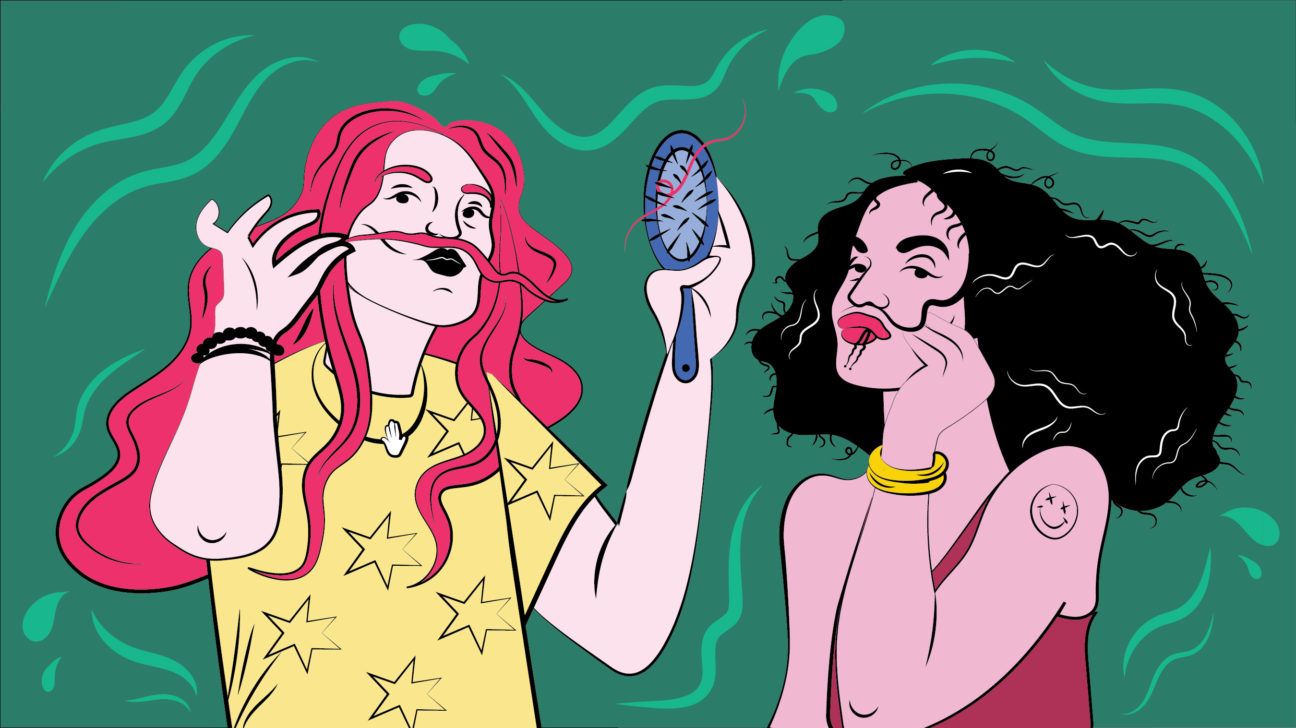
If you’ve been waiting until your hair is dry to start styling it, prepare to have your mind blown by the magic that is wet styling.
Also known as a “wash and set,” this method is especially popular among women with naturally curly or kinky hair. But really, all hair types can do it, from wavy to straight.
If your hair tends to dry into whatever shape it’s in, wet styling is for you. Or if you have damaged, thin, or fragile hair, try wet styling to reap the benefits of heat-free hair care. By skipping the heat, you can help reduce frizz, promote hair health, and achieve the long-lasting style of your choice.
Imagine washing your hair and then putting it into a ponytail while it’s still soaking wet. When you take it out of the ponytail, even if it’s not completely dry, you’ll probably have an indent from the ponytail holder. In a nutshell, that’s the idea behind wet styling!
With our hair-styling tips and tools, you can take wet styling to the next level to achieve a range of long-lasting hairdos.
There are different types of wet styling. The most basic method involves styling your hair while you’re literally still in the shower and your hair is soaking wet.
On the other end of the spectrum, there’s “damp styling,” which you can do when your hair is about 80 percent dry. The wetter your hair is when you style it, the stronger the hold. The flip side, though? It will also take longer to set.
In short: Anyone can use wet styling! But the method provides different benefits for different hair types.
If you have straight hair, wet styling is a great way to change your hair texture without using a blow-dryer, curling iron, or flat iron. You can add a wave, curl, or bump to your hair by styling it when it’s wet.
If you have curly or kinky hair, wet or damp styling is an essential part of your hair care toolkit. Water loosens your curls, resets your natural curl pattern, and allows you to precisely style each curl to your liking in a variety of ways.
Begin when your hair is towel-dried from the shower — it should be no more than 80 percent dry. You can also dampen your hair before you start.
Fine hair is more vulnerable to damage when it’s wet, so apply a serum, oil, or cream while your hair is wet. Then apply an alcohol-free mousse from root to tip before you begin styling.
To create gentle waves or curls, separate your hair into four equal sections and braid each section — the messier, the better. Also, the tighter the braid, the stronger the wave will be. Once your hair is dry, unravel the braids and separate the waves.
To create low waves with smooth roots, separate your hair into two sections, and then twist each section to the side. Continue twisting all the way to the end. Spin each twist into a low bun and secure with an elastic. When your hair is dry, unravel each bun and separate the waves.
For the best results, work with hair that is dripping wet. This can get a little messy, so one useful option is to style your hair in the shower. It’s super convenient, and there’s no cleanup!
For medium curls, apply a styling lotion or hair milk. For tighter coils, apply a curl cream. Detangle your hair with a Wet Brush, which efficiently removes tangles without snagging or breaking the hair. Then apply a product to hold the style in place, such as a mousse or gel.
Some wet styles for curly hair
Shingling. “Shingling” is the natural-hair term for defining every single curl, one by one. It takes a long time, but it’s a great way to achieve a natural-looking yet crisply defined curl pattern. Simply apply gel or mousse to each one of your curls.
Finger-coiling. To finger-coil, take a section of your hair and start twisting it from the roots. Wrap the hair around your finger and continue twirling and stretching it out until it coils when you let it go. You can finger-coil one curl at a time or coil slightly larger sections. Also, you can coil the hair as tightly or loosely as you like.
Twist-out or braid-out. Separate your hair into eight sections and twist or braid each section. Twirl the ends, and then pin the twists to your head to secure them into place. When your hair is completely dry, unravel the twists and carefully fluff your hair.
Heard that wet styling might cause hair loss, headaches, frizz, or other negative effects? Well, that’s a misconception.
While it’s true that your hair is more vulnerable when it’s wet, as long as you use moisturizing products and treat your hair gently, this shouldn’t be an issue during wet styling.
Follow these tips for successful wet styling!
- Section your hair to achieve even distribution.
- Massage in moisturizing products and styling creams while your hair is wet.
- Work quickly to shape your style, before your hair starts to dry.
- Wrap your hair in a silk scarf while it dries to protect the style.
- Don’t touch your hair until it’s completely dry!
With proper care and the right products, wet styling can do wonders for the health of your hair! In comparison to dry styling, wet styling boosts moisture, reduces breakage/damage, and improves definition.
“Just add water” indeed!
Kim Wong-Shing is a writer in New Orleans. Her work spans beauty, wellness, relationships, pop culture, identity, and other topics. Her website is kimwongshing.com.
